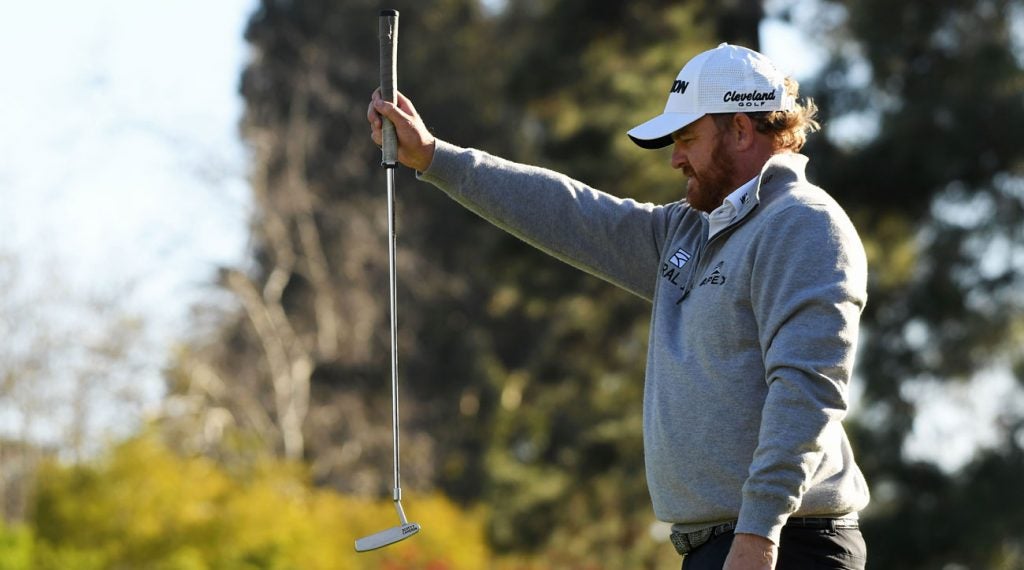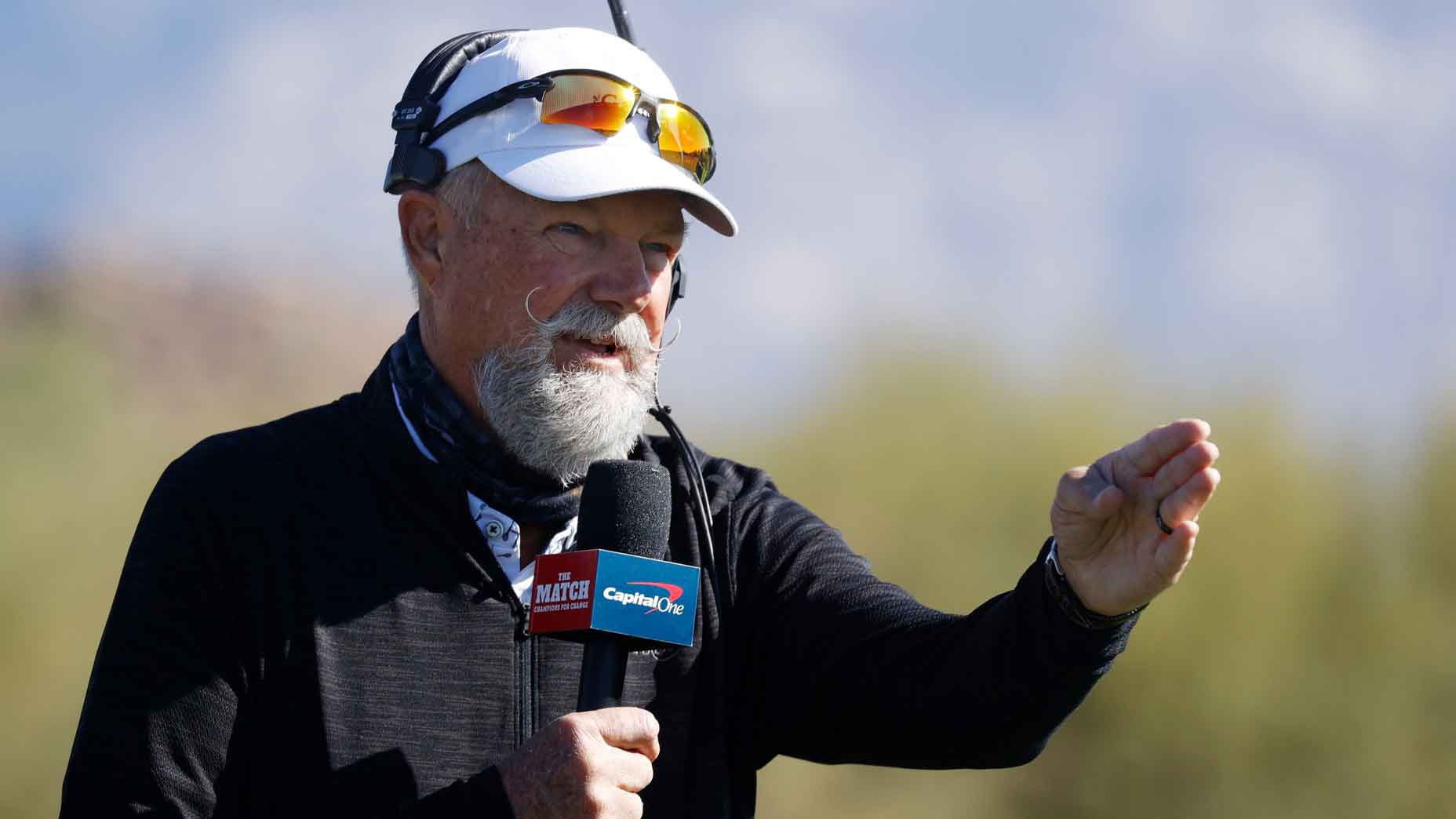On the heels of J.B. Holmes’s win at Riviera, the Tour’s Pace of Play policy has been thrust back into the spotlight.
But what exactly is the Pace of Play policy on Tour?
Golf Channel’s George Savaricas tweeted the Tour’s official document, which lists the guidelines.
For those wondering what the @PGATOUR Pace of Play Policy is for the 2018-2019 season. pic.twitter.com/bTYafmAKzo
— George Savaricas (@GeorgeSavaricas) February 18, 2019
The Pace of Play policy begins by invoking Rule 5.6b, which stipulates that pace of play should be “prompt.”
According to the document, each course has a respective Pace of Play chart, and the first group out is considered out of position if they exceed the allotted time to play.
Subsequent groups are considered out of position if they also exceed the allotted time to play, if they reach an open par 3 or par 4, or if they all fail to tee off a par 5 before the hole is open and free of play.
The Rules Committee also reserves the right to time an individual player regardless of whether his group is out of position.

When a group is deemed out of position, the players will receive a warning. At that point, the Committee will start monitoring individual players to deem if they need to be individually timed, in the event the group does not get back into position.
Players are notified by the Committee when they are being timed. The document stresses that this can occur on any hole and at any time, including the finishing holes of a tournament.
Players are allowed 40 seconds to hit a shot, and that includes time spent determining yardage. Timing begins when it’s a player’s turn to play without interference or distractions. On the putting green, timing begins after a player marks, lifts, cleans and replaces his ball. He can also repair ball marks and remove loose impediments from his line of putt while off the clock.
Exceptions to the 40 second rule include the first player to play a stroke on a par 3, a second stroke on a par 4 or 5, a third stroke on a par 5, around the putting green and on the putting green. In these cases, the player is allotted an extra 10 seconds, for 50 seconds total.
For the first bad time, there is no penalty — only a warning. A second bad time warrants a one-stroke penalty, a third is two strokes, and a fourth, disqualification. As an additional deterrent, there are also monetary penalties that begin with the second bad time.







